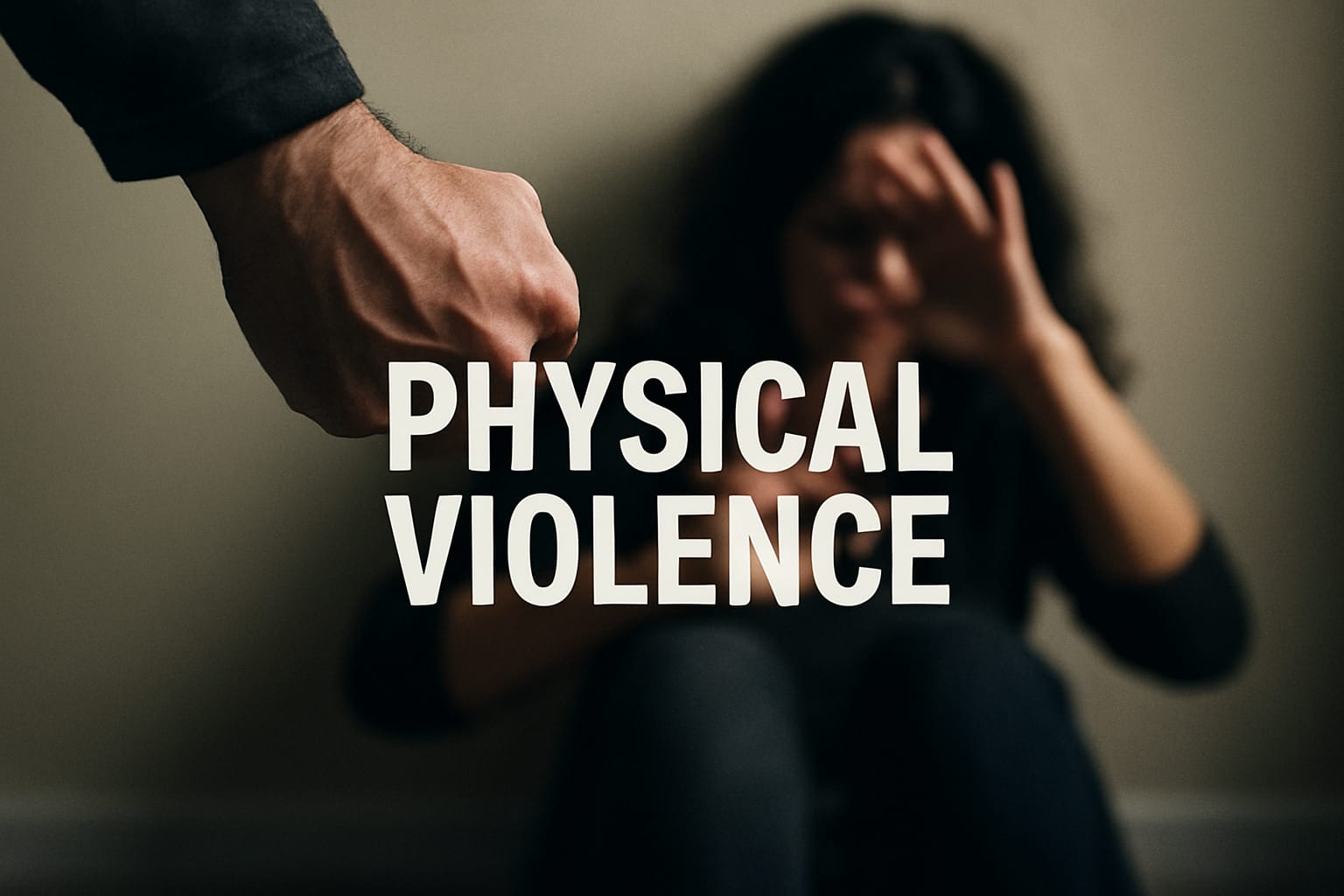
Violence against women and girls continues to be a serious and persistent problem in the Region of the Americas, according to new estimates presented today by the World Health Organization (WHO) and UN partners.
The data, released ahead of the International Day for the Elimination of Violence against Women and Girls on 25 November, reveal that one in three women aged 15 and older in the Region has experienced physical or sexual violence at some point in her life.
Intimate partner violence remains the most common form of abuse: one in four women aged 15-49 has experienced physical or sexual violence from a partner, while one in eight has suffered sexual violence from someone other than a partner. Young women face early risks, with 21% of those aged 15-19 experiencing partner violence before reaching 20, while older women are not spared: 23% of women aged 65 and above report such violence.
“These figures of women affected in our Region are so striking because violence is preventable. Collecting high-quality data on violence against women is the first step toward giving this important issue the visibility and urgency it requires,” said Dr. Jarbas Barbosa, Director of the Pan American Health Organization (PAHO), regional office of WHO for the Americas. “There is much that we know, and much that we can do together to prevent and respond to violence in all its forms. We must act to prevent violence, support survivors, and invest in strategies that break the cycles of abuse.”
A persistent crisis
Despite increasing awareness, national multisectoral policies, and health service interventions, progress in reducing violence against women has been slow. Over the past two decades, prevalence rates of intimate partner violence have remained largely unchanged, and only a tiny decline of 0.2% per year has been observed globally. It is unlikely that countries in the Americas will reach Sustainable Development Goal 5.2, which calls for the elimination of all forms of violence against women.
“Shame and stigma associated with sexual violence hinder reporting, suggesting that actual numbers are likely to be much higher,” said Britta Baer, PAHO Advisor on Violence Prevention. “These figures underscore the urgency for action across all countries in the Region, especially strengthening timely access to post-rape care.”
The new estimates represent the most comprehensive study on the prevalence of intimate partner and non-partner sexual violence. The estimates analyze and present data from 2000 to 2023 (last year of available data) across 168 countries and territories, including 29 in the Americas. This provides a crucial basis for informed policy decisions.
Violence against women has severe and long-lasting impacts, including physical injuries, sexually transmitted infections, unintended pregnancies, depression, and, in the most extreme cases, femicide. Children exposed to violence at home are more likely to experience or perpetrate abuse as adults, perpetuating the cycle of violence.
A call for action
PAHO continues to support countries in strengthening prevention and response through evidence-based strategies, including the RESPECT framework.
RESPECT identifies seven interventions to prevent violence: strengthening relationship skills; empowering women and girls; ensuring services; reducing poverty; creating enabling environments; preventing child and adolescent abuse; and transforming unequal gender attitudes, beliefs, and norms.
The health sector plays a vital role in early identification of at-risk groups, providing first-line support, high-quality clinical care, and connecting survivors to broader services. Ensuring that survivors are listened to, believed, and supported is a minimum requirement for an effective response.
PAHO has long worked with governments across the Americas to:
Promote the strategic use of data for decision-making and advocacy;
Support the development and revision of national prevention policies and plans;
Strengthen health system capacities to respond to survivors, including supporting countries in operationalizing LIVES—a WHO training curriculum for health-care providers— within health services;
Facilitate regional dialogue and exchange of experiences to scale up effective interventions.
As part of the 16 Days of Activism against Gender-Based Violence 2025, PAHO will host a hybrid event on 24 November in collaboration with UN Women and the World Bank to present the new estimates on the prevalence of violence against women in the Americas. This event aims to open a dialogue on interventions that have proven effective in preventing, responding to, and eliminating violence against women and girls in the region.
“It is essential to remember that violence against women is a challenge present in every country of our Region,” Dr. Barbosa emphasized. “This is why it is — and must continue to be — a regional priority and a shared commitment to make this form of violence visible, strengthen decision-making, and sustain the investments needed to prevent and respond to it effectively.”
The report, Violence against women prevalence estimates, 2023 was developed by WHO and the UNDP-UNFPA-UNICEF-WHO-World Bank Special Programme of Research, Development and Research Training in Human Reproduction (HRP) on behalf of, and with the United Nations Inter-Agency Working Group on Violence Against Women Estimation and Data. The Working Group includes representatives from WHO, UN Women, UNICEF, UNFPA, the United Nations Office on Drugs and Crime (UNODC) and the United Nations Statistics Division (UNSD).
Modelling is used to enhance comparability of estimates across countries and regions to the extent allowed by existing data. All surveys likely underestimate the actual prevalence of violence against women as there will always be women who do not disclose these experiences, especially where this violence is highly stigmatized. Sexual violence is particularly underreported in many settings. Poorly designed or implemented surveys in some places further exacerbate this underestimation.
Violence against women prevalence estimates, 2023
International Day for the Elimination of Violence Against Women 2025 – 16 Days of Activism against Gender-Based Violence
Lifetime toll: 840 million women faced partner or sexual violence
Advertise with the mоѕt vіѕіtеd nеwѕ ѕіtе іn Antigua!
We offer fully customizable and flexible digital marketing packages.
Contact us at [email protected]


















This is why my endeavor that research, supports and advocates for victims of such vicious and qualifying crimes are of national and international importance that ABLP and their ABLP Prime Minister conveyed to me that they will never help in such endeavor of mine that assist victims.
This endeavor is of national and international importance as it provides research in these vital and undeserved areas, and help victims to get crime victim benefits that can substantially better their life in the aftermath of horrible victimization.
Crime and terrorism victims in some cases could get $120,000usd, or even millions, counseling paid for, US immigration benefits, rent payment assistance, medical coverage, student aid (grant (free money), & state and federal student loans), etcetera. You may qualify for these benefits whether you are in the US or outside and whether you are a visitor or illegal to the US or US citizen.
Crime victim funds are in the billions. And you can qualify, if you are victim of qualifying crimes, contact me to know the requirements.
@ my way of helping .. what is your contact info?
Comments are closed.